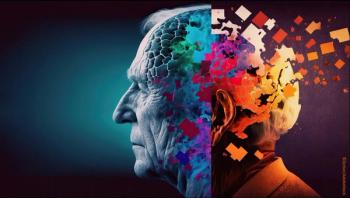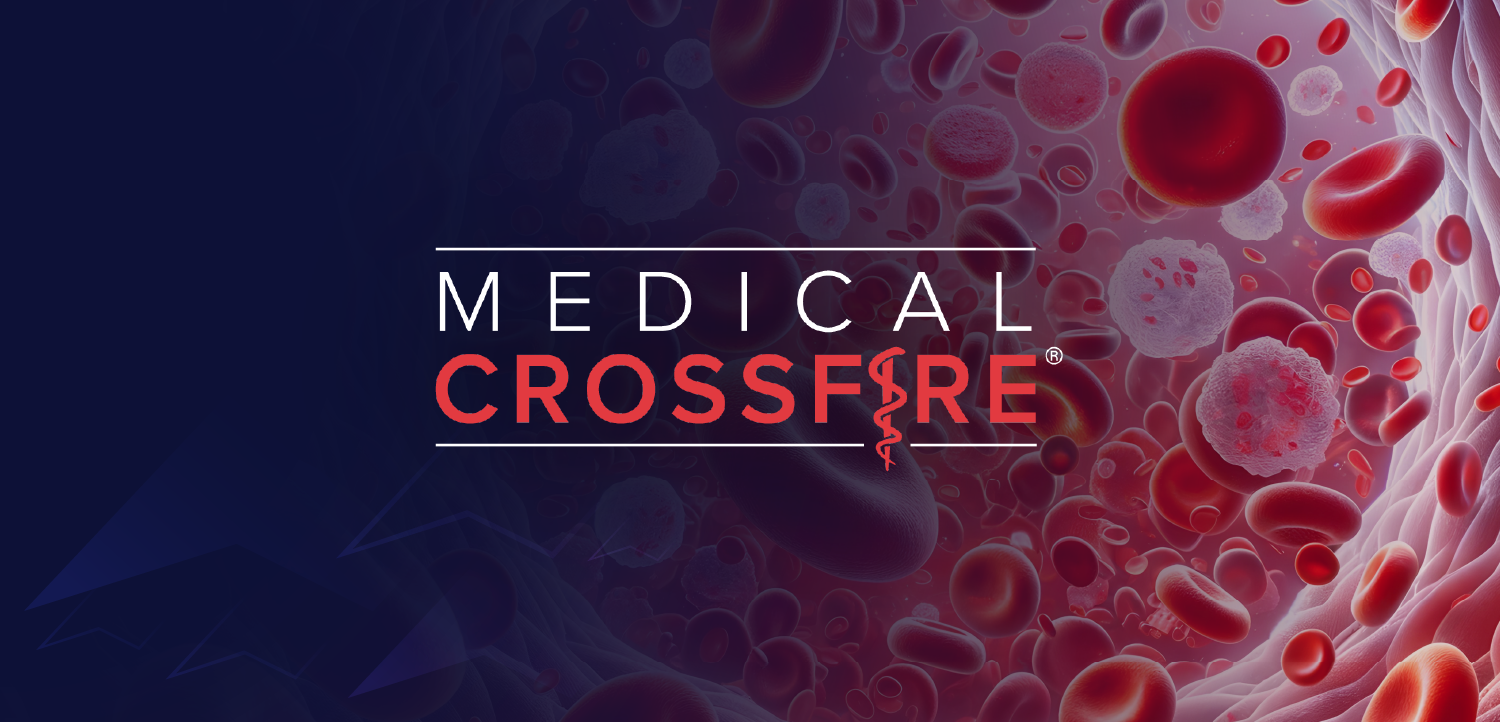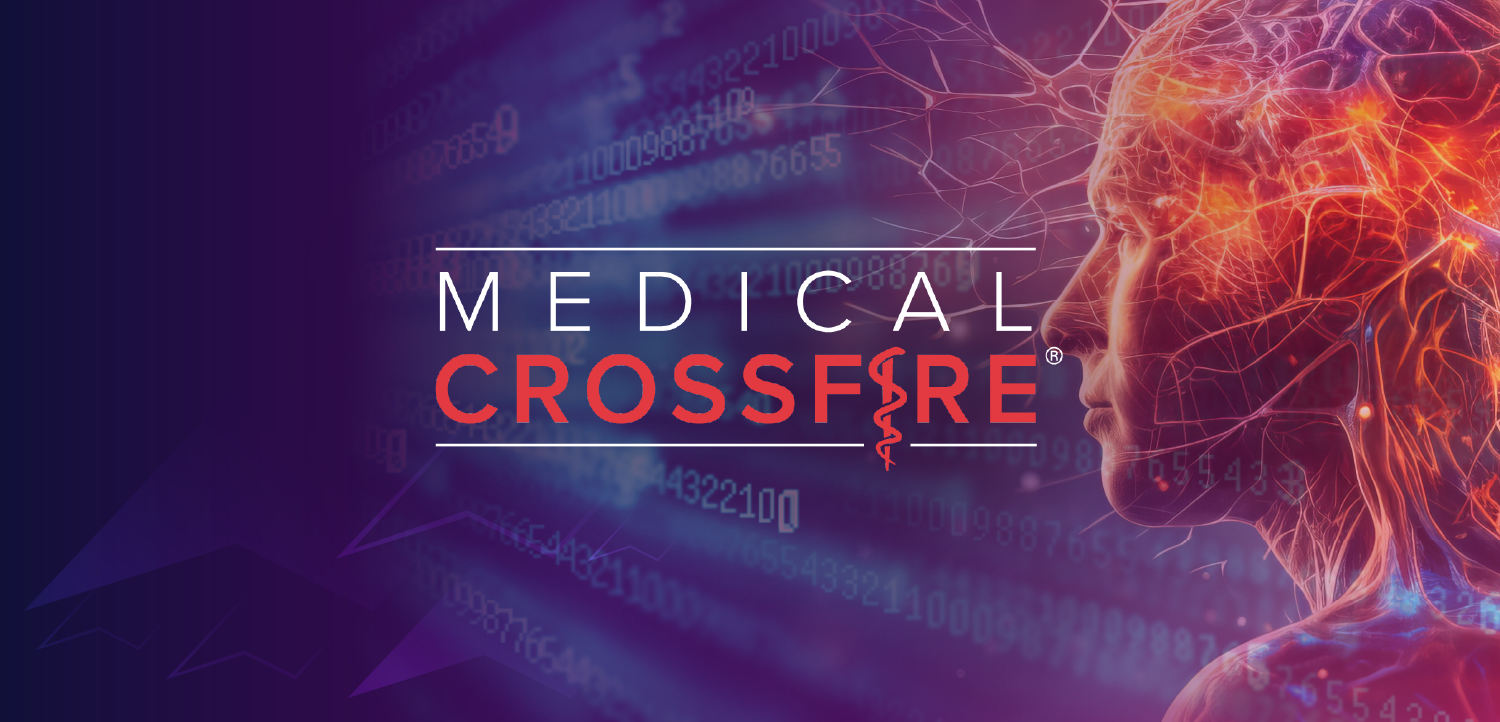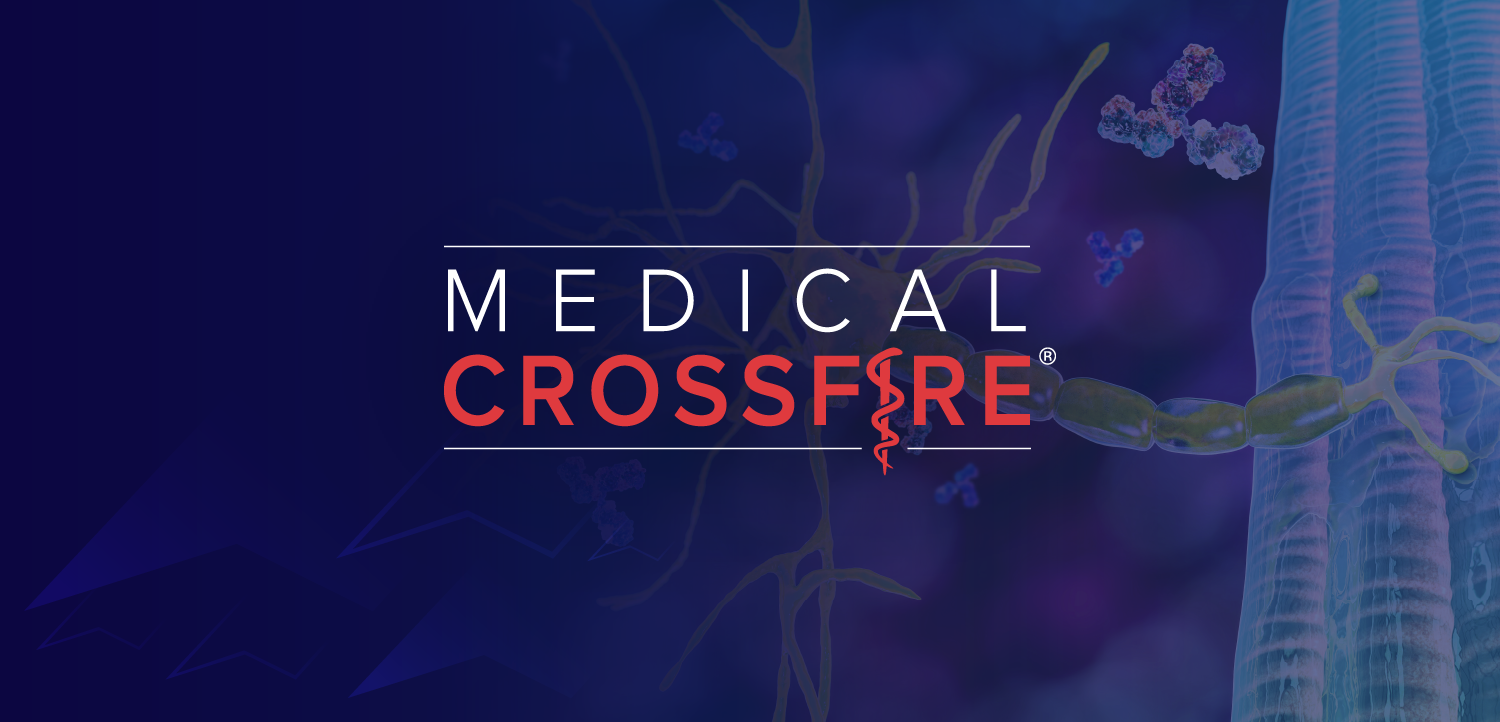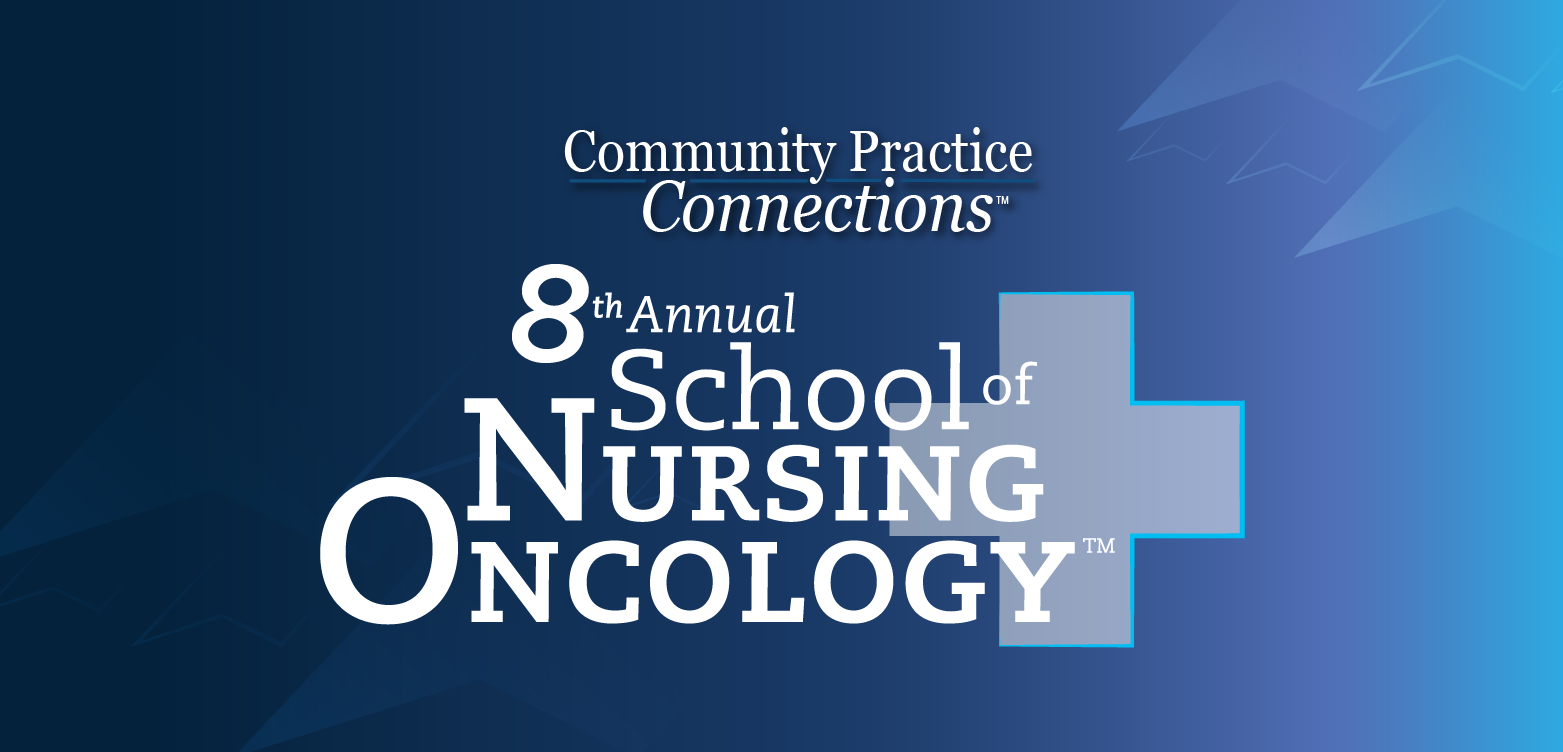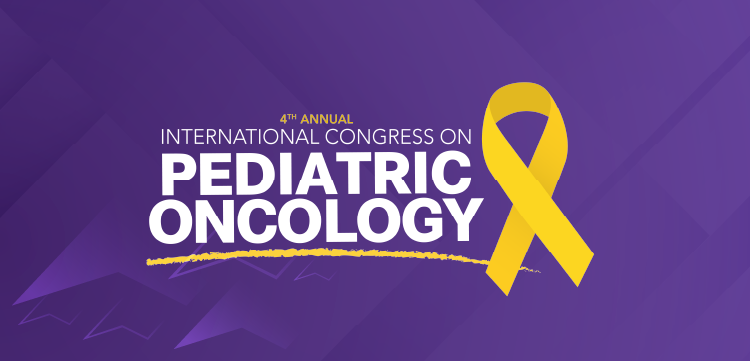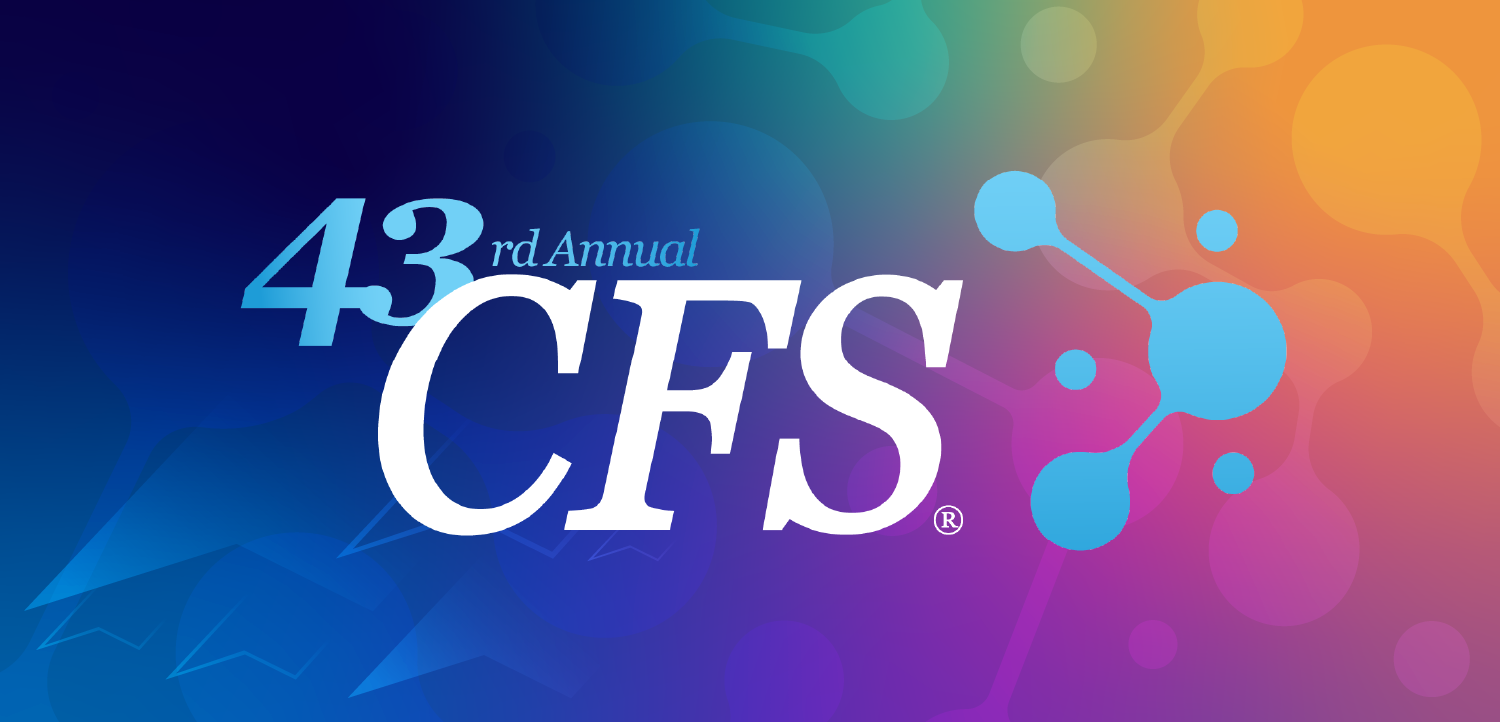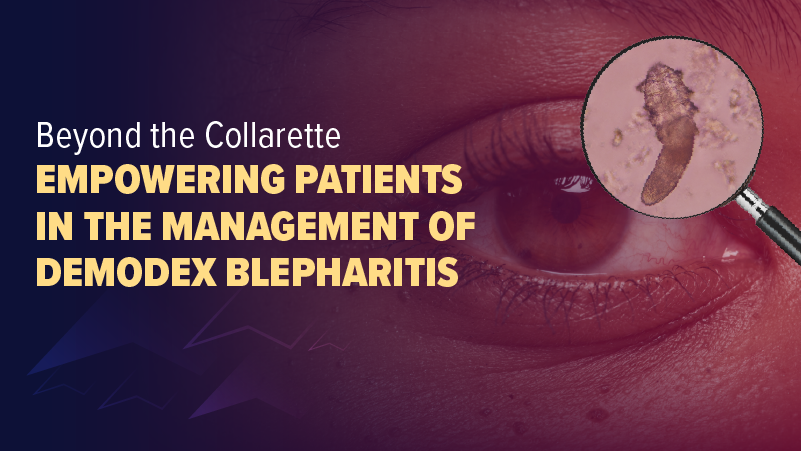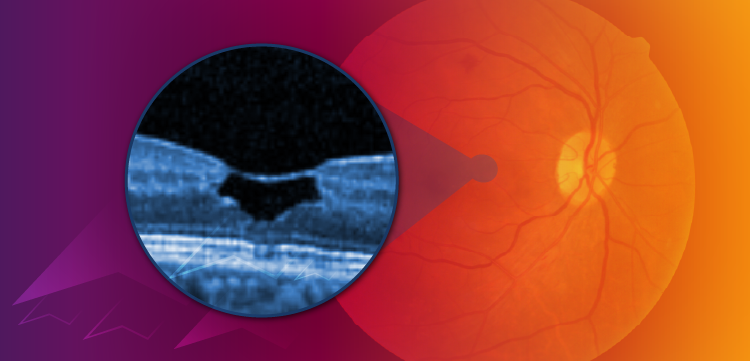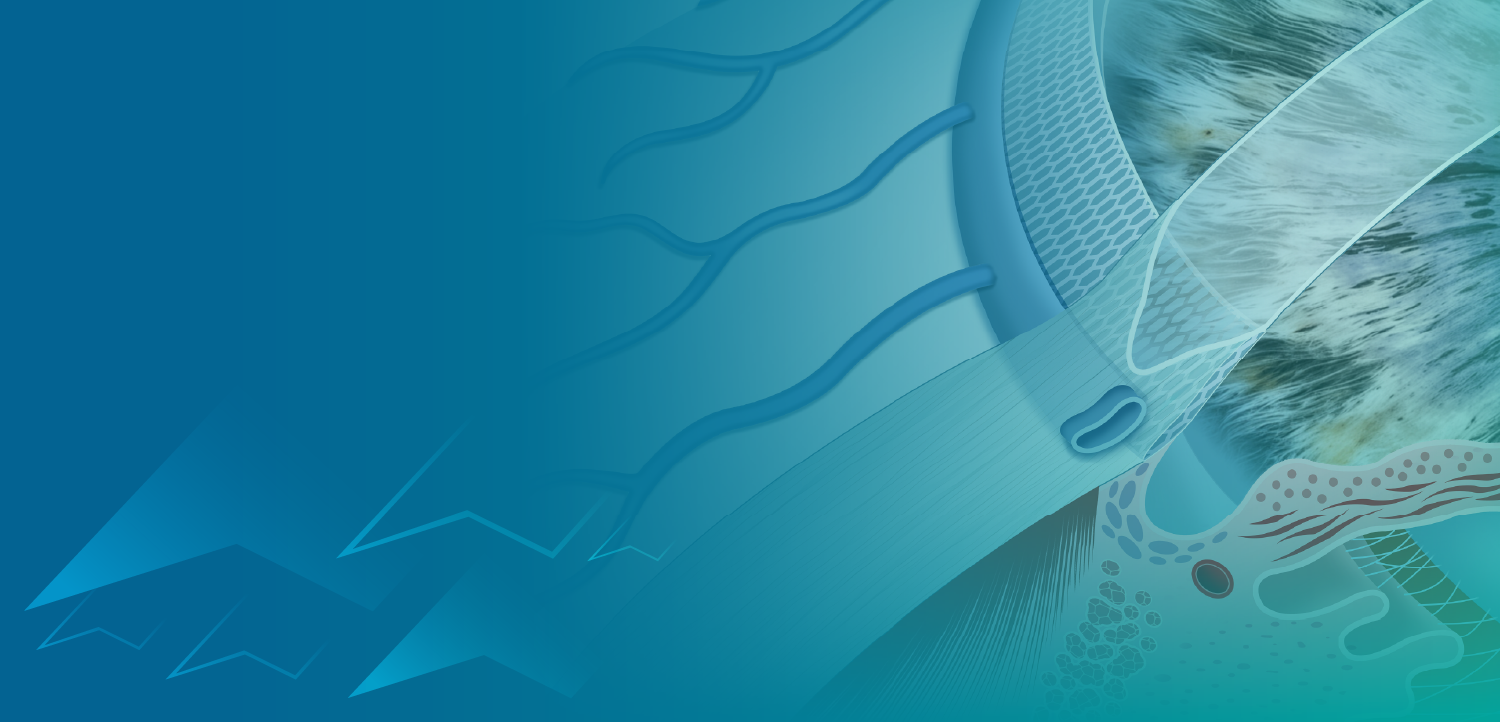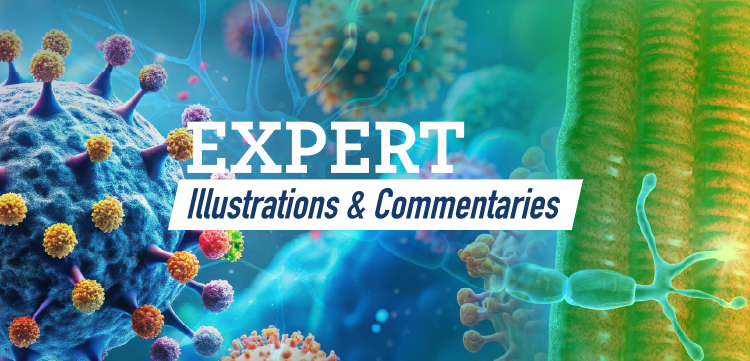
7 Common Causes of Dementia: A Topline Review
The brain changes that lead to cognitive and behavioral changes referred to as dementia have multiple potential etiologies; not all dementia is Alzheimer disease.
For the 7 most common causes of dementia, the slideshow that follows summarizes
1. The associated brain changes
2. The estimated percentage of cases of dementia the cause is responsible for
3. Symptoms of the dementia
1. The associated brain changes
2. The estimated percentage of cases of dementia the cause is responsible for
3. Symptoms of the dementia
The pathophysiology, symptomatology, and progression of dementia will vary by individual and by the underlying etiology. Mixed pathologies are common and particularly in older adults, but most people will present with symptom patterns that are characteristic of a major dementia subtype.
The slide show above, based on the Alzheimer's Association report, 2025 Alzheimer's disease facts and figures, summarizes the brain changes, estimated prevalence, and the symptoms for dementia resulting from 7 common etiologies:
- Alzheimer disease
- Cerebrovascular disease
- Frontotemporal degeneration (FTD)
- Hippocampal sclerosis (HS)
- Lewy body disease
- Limbic‐predominant age‐related TDP‐43 encephalopathy (LATE)
- Parkinson disease
Dementia is not a normal part of aging; although cognitive changes are expected in later adulthood, they are typically more subtle than the disruptive deviations of dementia.
The progression of dementia, across all types, is typically described in 3 stages: early (mild), middle (moderate), and late (severe). Changes in the early stage are generally subtle, especially in memory or language, and often attributed to the aging process. As the neurodegenerative process continues, individuals need increasing assistance with instrumental and eventually basic activities of daily living. Behavioral and psychiatric symptoms, such as apathy, depression, disinhibition, and even delusions, may emerge, and in late-stage disease, patients often lose functional independence entirely.
Symptoms do frequently overlap but a precise diagnosis is essential as ongoing treatment, both pharmacologic and behavioral, may may have differential efficacy depending on the underlying etiology.
Newsletter
Enhance your clinical practice with the Patient Care newsletter, offering the latest evidence-based guidelines, diagnostic insights, and treatment strategies for primary care physicians.

